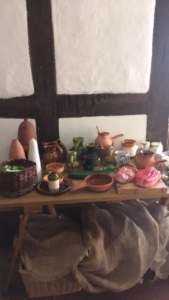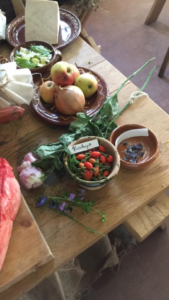Want to find out if you’re sleep deprived? Try out the sleep onset latency test!
Last week I sat down to watch a BBC documentary that focused on a theme that I’ve been quietly obsessing about for the last few months: sleep. Or more accurately – how to get a better night’s sleep. The programme followed the genial Dr Michael Mosley as he attempted to discover the ‘truth about sleep’ in a bid to overcome his own sleep problems. As Mosley dejectedly explained to the viewer, he suffered from insomnia and was ready to become a human lab rat in order to cure himself of the condition. Mosley talked to a variety of scientists and sleep experts that confirmed how detrimental sleep loss can be for a person’s health and well-being. Not only can it lead to irritability and loss of productivity, new studies are also showing that sleep deprivation could be an underlying cause of the obesity crisis and the explosion of people suffering from type 2 diabetes.[1]


